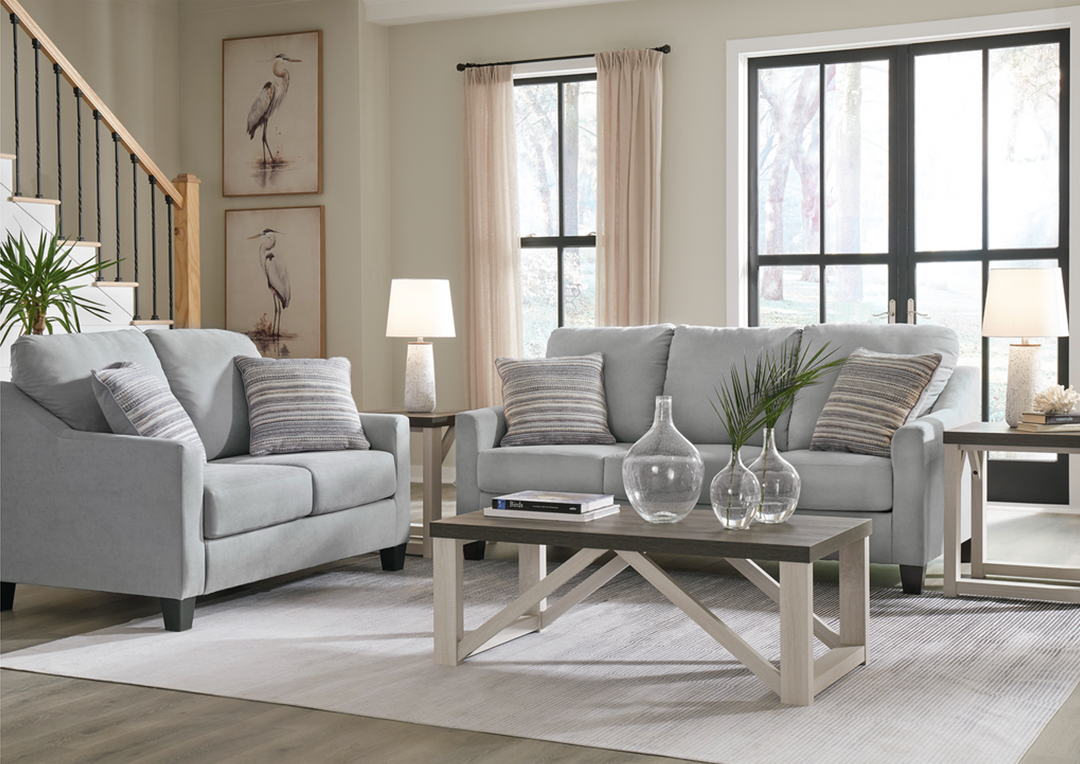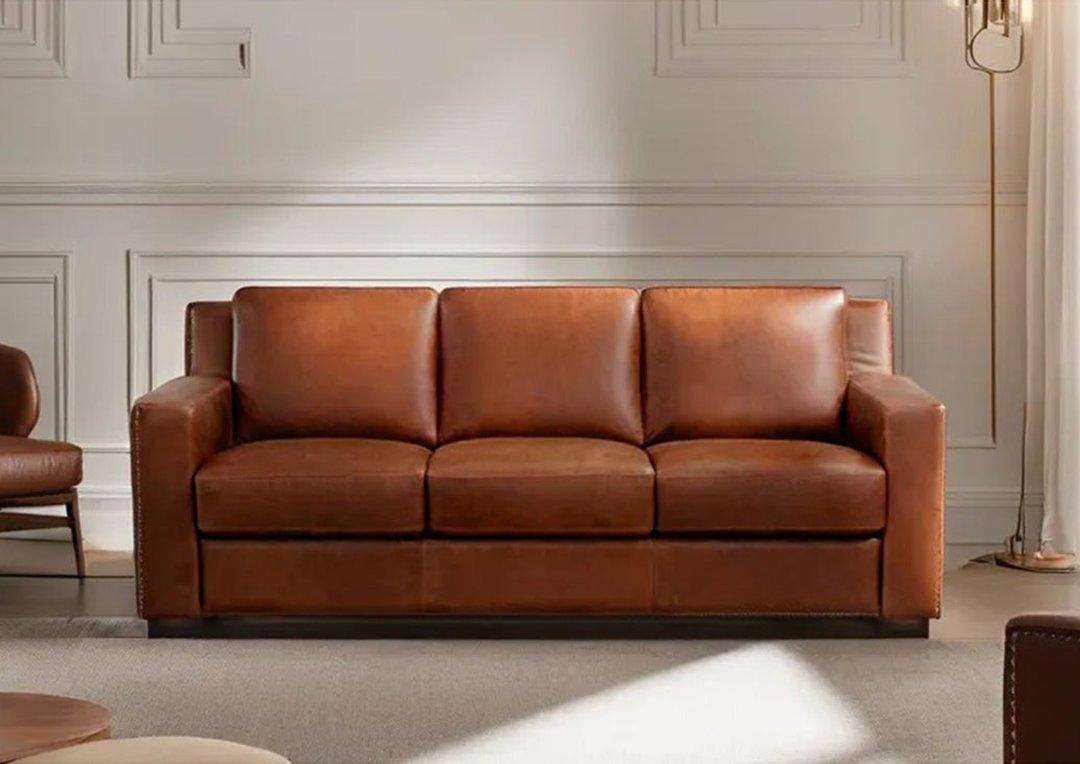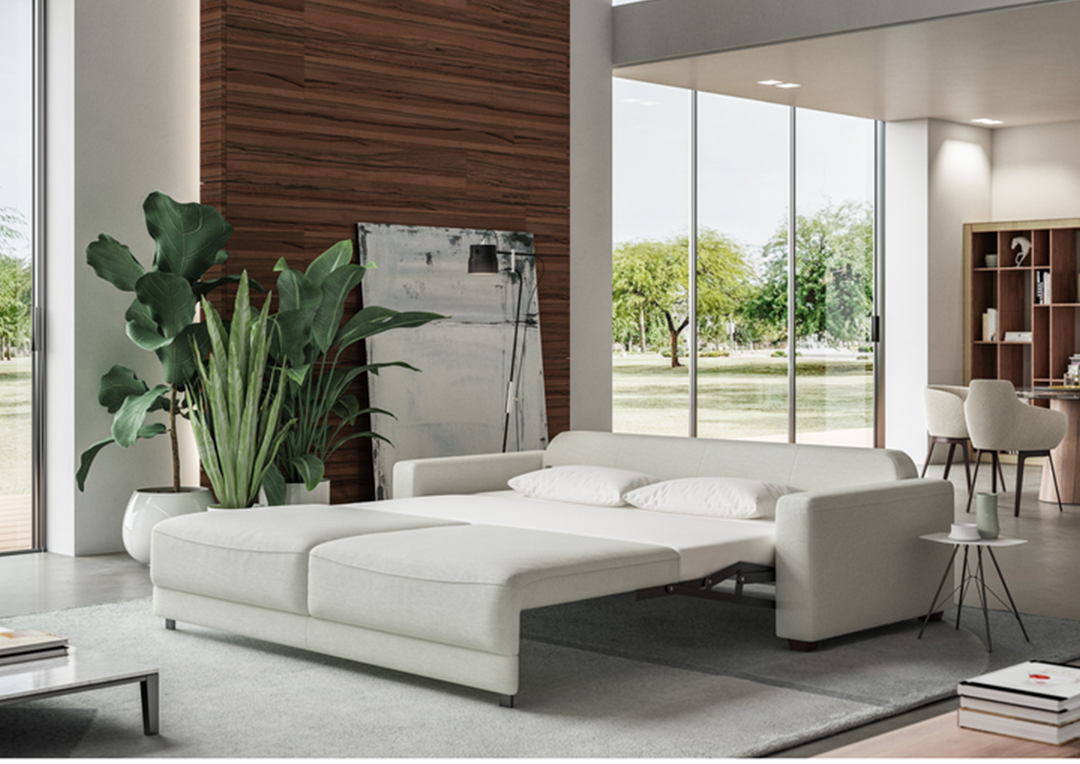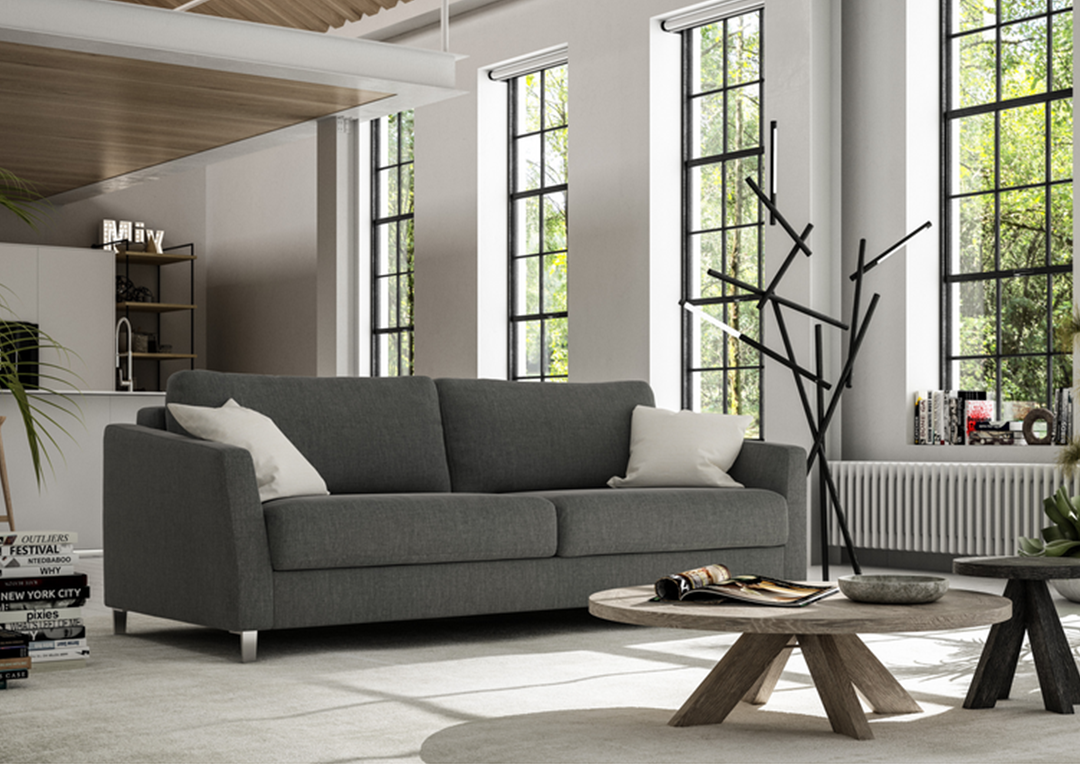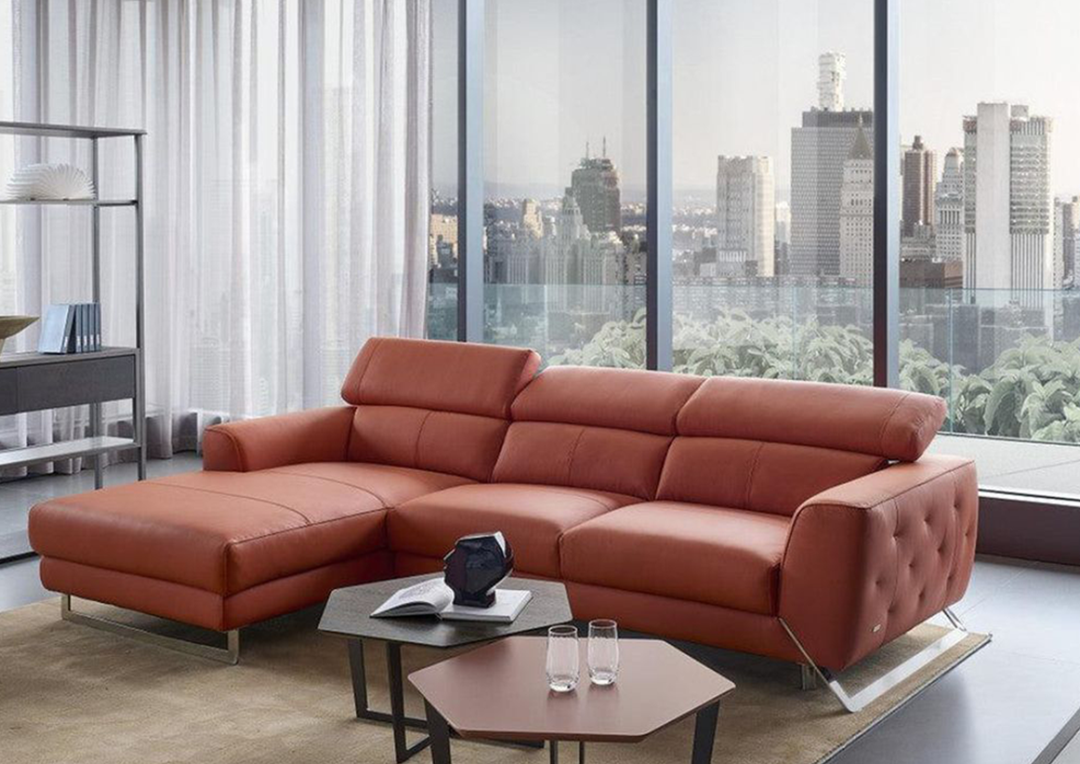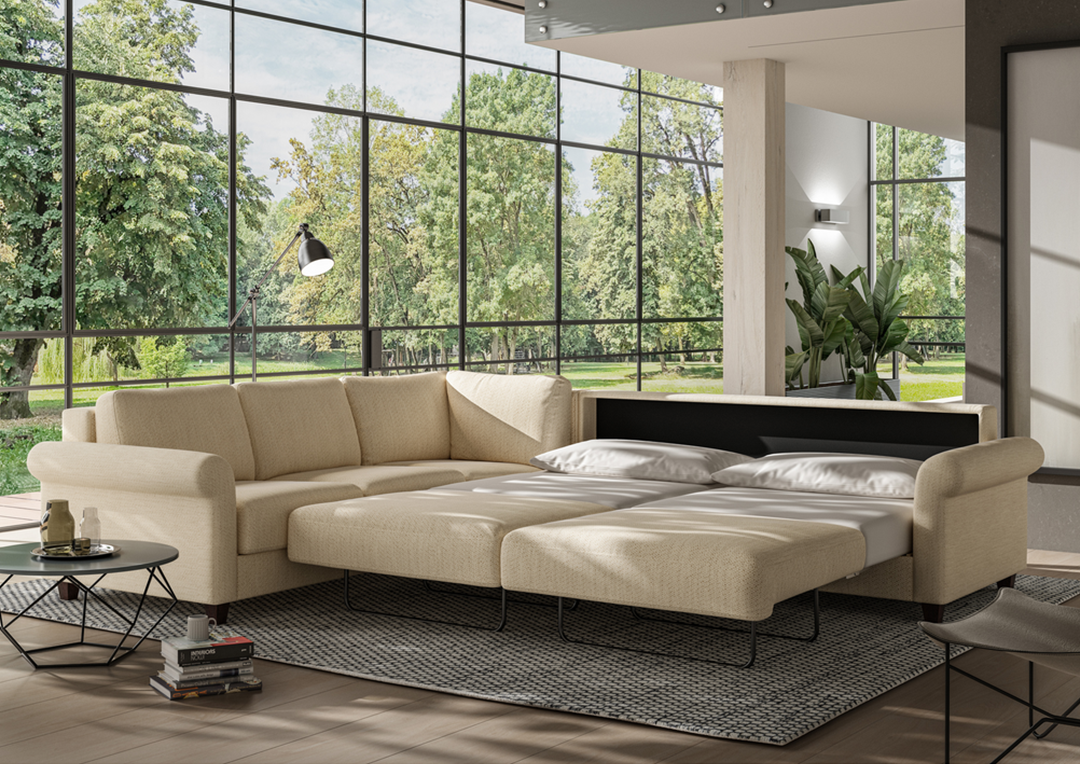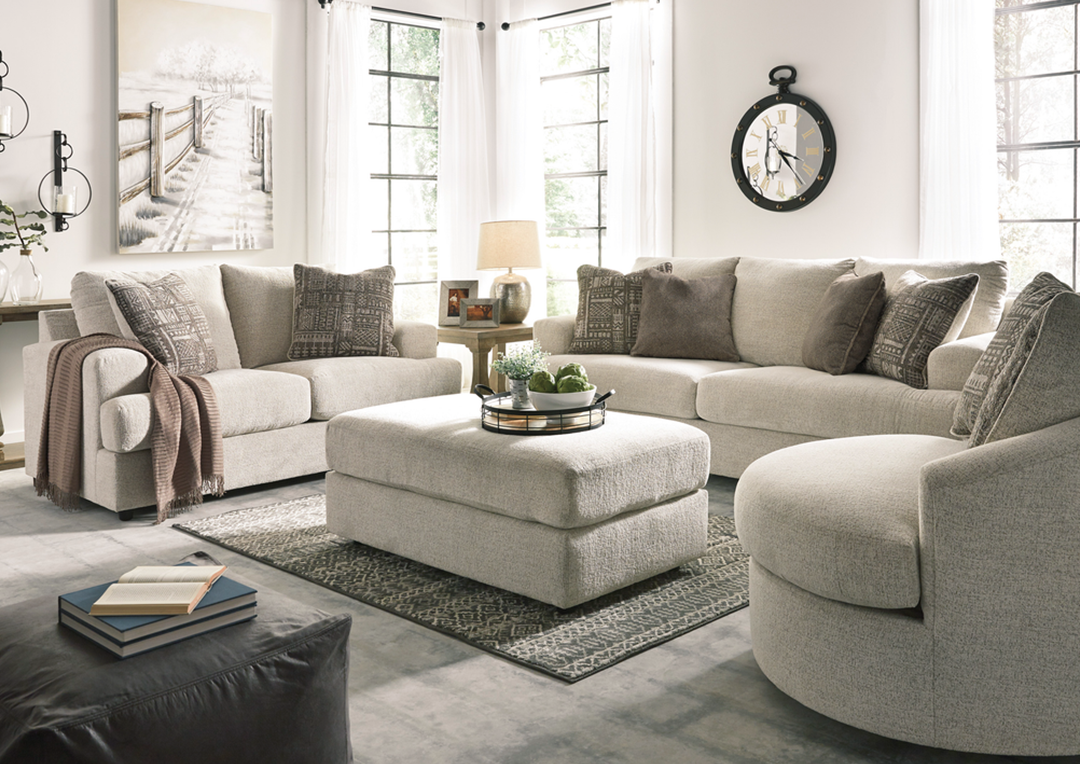Are Reclining Sofas Good for Your Back? A Guide to Ergonomic Comfort

TABLE OF CONTENTS
- What is Ergonomics in Furniture?
- How Reclining Sofas Affect Your Back
- The Design of the Reclining Sofa
- How Often and How Long You Use It
- Your Existing Posture and Back Health
- What to Look for in a Back-Friendly Reclining Sofa
- Reclining Sofas vs. Other Seating
- Do Doctors Recommend a Reclining Sofa
- Pros and Cons of Reclining Sofas for Back Health
- Final Thoughts
When choosing a sofa, comfort matters, but support matters more. The way a sofa supports your back can quietly shape your health over time. That brings us to a key question: Are reclining sofas helpful for your back, or do they create problems when used long-term?
We hear plenty about ergonomic office chairs and standing desks, but living room furniture often gets left out of the conversation, even though we spend hours on these sofas every day.
Recliners feel great at the moment. They let you stretch out and take the weight off. But what happens to your spine in that position? Is your lower back supported? Does your neck stay in line? And how does that change when hours go by?
Let’s explore how reclining sofas affect your back, what features make a difference, and how to pick one that truly supports your body.
What is Ergonomics in Furniture?

Ergonomics means designing furniture that supports the body’s natural shape and movement. It’s about how our joints, muscles, and bones interact with what we sit or lie on.
A sofa is ergonomic if it:
- Supports the natural curve of your spine
- Reduces pressure on joints
- Minimizes muscle strain
- Encourages healthy posture
When furniture lacks these qualities, discomfort and chronic pain often follow.
How Reclining Sofas Affect Your Back
Reclining sofas can benefit your back in several ways, but they can also introduce risks if poorly designed or used incorrectly. The effect depends on three factors:
- The design of the reclining sofa
- How often and how long you use it
- Your existing posture and back health
Let's look at these factors in detail.
1. The Design of the Reclining Sofa

Not every reclining sofa offers the right back support. Some recliners focus only on softness and aesthetics, which can compromise lumbar support. Mentioned below are key design elements that influence back health:
-
Lumbar Support: A good recliner should support the natural curve of your lower back. If this area sags or lacks firmness, it can cause strain.
-
Seat Depth and Height: Deep seats may seem lavish, but can push the pelvis into awkward positions. An ideal seat depth allows your feet to rest flat on the floor, with your knees at hip level or slightly below.
-
Backrest Angle: Reclining too far without adequate back support can flatten the lumbar curve, increasing pressure on the lower back.
2. How Often and How Long You Use It

Even the most ergonomic furniture can cause problems if misused. Prolonged sitting in any position, even in a supportive chair, can lead to stiffness and discomfort.
It's important to follow these points:
- Change positions regularly.
- Stand up and stretch every 30-45 minutes.
- Avoid falling asleep in a recliner for extended hours.
3. Your Existing Posture and Back Health

Individual factors count. If you already have back issues, a recliner without proper support could aggravate them. Conversely, a thoughtfully designed recliner can offer relief by reducing pressure on the spine.
People with the following conditions often find semi-reclined positions helpful because they reduce spinal compression and ease muscle tension:
- Chronic lower back pain
- Sciatica
- Arthritis
What to Look for in a Back-Friendly Reclining Sofa

|
Features |
Why It Matters |
|
Adjustable Lumbar Support |
Preserves natural spine shape |
|
Adjustable Headrest |
Keeps neck and shoulders aligned |
|
Proper Seat Height/Depth |
Supports posture and foot placement |
|
Firm Cushions |
Prevents slouching and misalignment |
|
Smooth Recline Mechanism |
Lets you control angles safely |
Tips for Safe Use
- Don’t stay in one position for too long
- Use a cushion for extra lumbar support
- Elevate your feet, but not above heart level
- Avoid reclining fully flat
- Choose a model that fits your height and build
Reclining Sofas vs. Other Seating
|
Seating Type |
Support Quality |
Discomfort Risk |
Best Use |
|
Reclining Sofa |
Good (if designed well) |
Medium |
Short to moderate sessions |
|
Traditional Sofa |
Varies |
Medium to High |
Short use |
|
Office Chair (Ergonomic) |
Excellent |
Low |
Long periods (desk work) |
|
Armchair |
Fair |
Medium |
Casual reading or rest |
Do Doctors Recommend a Reclining Sofa

Yes, especially for those with back issues. A semi-reclined position with elevated legs can relieve spinal pressure and improve blood flow.
Doctors advise choosing models with:
- Firm support
- Adjustable lumbar and headrests
- Reliable structure
These features matter for recovery from:
- Herniated discs
- Sciatica
- Post-surgical healing
Pros and Cons of Reclining Sofas for Back Health
Pros of Reclining Sofas
|
Benefit |
How It Helps |
|
Pressure Relief |
Reduces lower spine stress |
|
Spinal Alignment |
Maintains healthy posture |
|
Circulation Boost |
Lessens swelling and fatigue |
|
Muscle Relaxation |
Eases tension and stiffness |
Cons of Reclining Sofas
|
Drawback |
Why It’s a Risk |
|
Lumbar Gaps |
Can strain lower back |
|
Overly Soft Cushions |
Encourage poor posture |
|
Limited Motion |
May weaken supporting muscles |
|
Poor Fit |
Doesn't suit all body types |
Final Thoughts
A thoughtfully built recliner can ease back pain and support long-term comfort, but only if it fits your body and encourages movement. Look for adjustable lumbar support, firm yet supportive cushions, and a design that suits your build.
Still, no sofa can replace regular movement. Change positions often, stretch throughout the day, and stay aware of how your body feels.
At Sofabed.com, we curate recliners designed for real life, balancing comfort, hygiene, and back health. Want to explore more about recliners? [Read here.]


